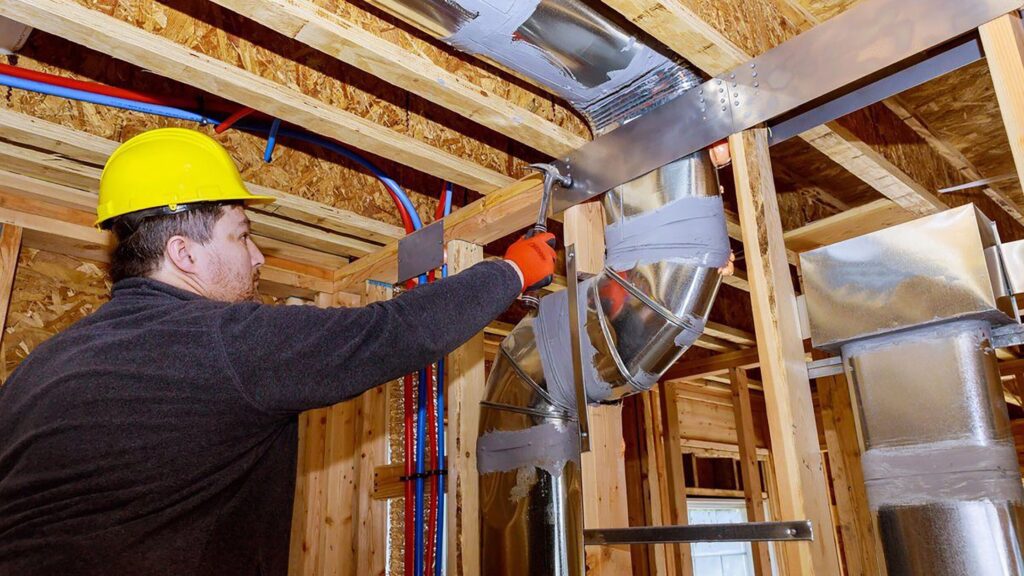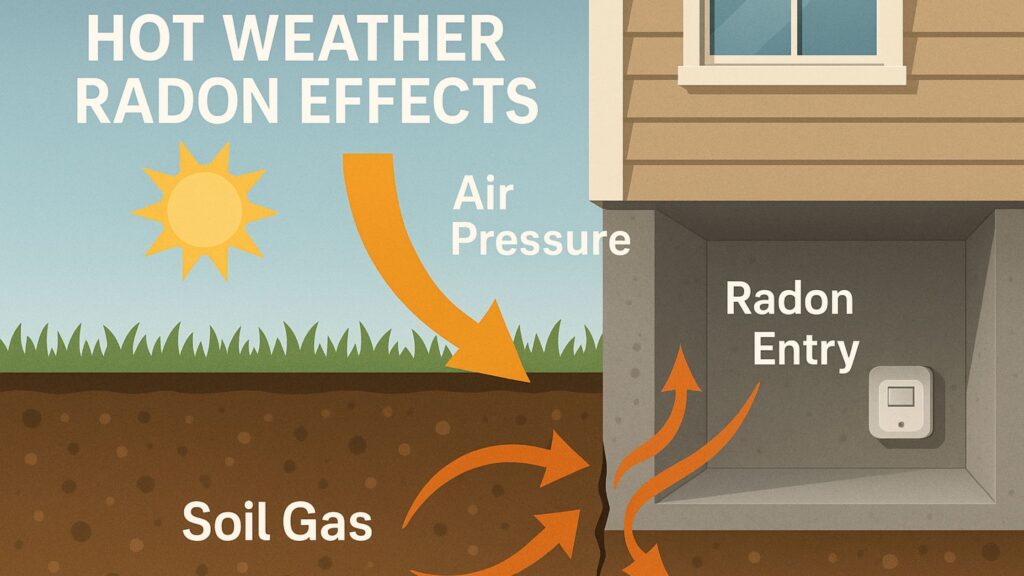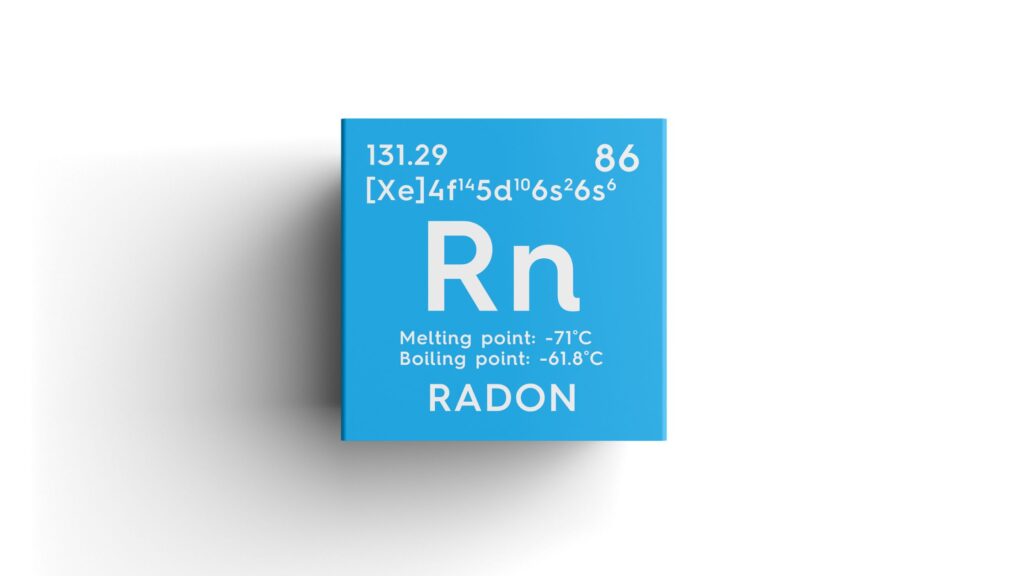Radon poses a serious health risk when it accumulates indoors, so installing a proper radon vent is crucial to maintaining safe indoor air quality. This article explains how a radon vent works, why it matters, and how professionals design and install effective systems. It also covers maintenance, compliance, and benefits for homeowners and businesses. After reading this, you’ll understand why expert guidance matters when dealing with radon gas and venting strategies.

Table of Contents
- Understanding Radon and Its Risks
- What a Radon Vent Does and How It Works
- Expert System Design & Installation
- Maintenance and Monitoring
- Choosing the Right Mitigation Provider
- Benefits of Installing a Radon Vent
- Radon Vent Systems: Why Proper Installation Matters
- Conclusion
Understanding Radon and Its Risks
Radon forms from the decay of uranium in soil, rock, and water, and it enters buildings through cracks, gaps, or pores in foundations. Although colorless and odorless, prolonged exposure increases lung cancer risk significantly. Consequently, homeowners and commercial property managers need to test for radon levels regularly. Testing tells you whether to install a radon vent or other mitigation solutions, ensuring safe living and working spaces. Learn more about Radon Installation here.
What a Radon Vent Does and How It Works
A radon vent directs dangerous gas from beneath the building into the outdoor air, preventing it from entering the occupied space. Typically, a vent consists of a PVC pipe and a fan. It draws gas from under the slab or crawl space and expels it above the roofline. At the same time, sealing foundation cracks and adding vapor barriers boosts efficiency and helps the venting system perform reliably.
- Firstly, technicians install a vent pipe through the building’s foundation.
- Next, they seal openings and fit a fan to create negative pressure beneath the slab. As a result, radon gas flows upward through the pipe instead of seeping indoors.
- Finally, they position discharge vents well above windows and air inlets.
In fact, this sub-slab depressurization method proves highly effective at reducing indoor concentration when done correctly.
Expert System Design & Installation
Certified radon mitigation professionals begin by thoroughly assessing your property’s foundation type, whether slab-on-grade, basement, or crawl space, to determine the most effective system design. Each foundation type requires a tailored approach to ensure maximum radon reduction and system efficiency.
Once the design is finalized, technicians install the radon vent system in strict accordance with local building codes. This includes ensuring:
- The vent pipe has a proper upward slope for optimal airflow
- All entry points are sealed to prevent radon leakage
- Components are installed to minimize backdraft and maximize durability
Vents are also placed in strategic exterior locations to ensure discharged radon gas disperses safely away from windows, doors, or other openings.
Most importantly, certified installers follow both ASTM E2121 and EPA radon mitigation guidelines, guaranteeing that your system meets the highest standards for safety, performance, and long-term compliance.
Maintenance and Monitoring
After installation, professionals take key steps to ensure your radon system works effectively:
- Post-Installation Testing: Confirms radon levels are below the EPA action level of 4.0 pCi/L (done within 24–72 hours).
- Monitoring Devices: Pressure gauges or alarms are installed to track system performance.
- Routine Checks: Technicians inspect fan operation, pressure levels, seals, and check for debris or moisture.
- Fan Replacement: Radon fans typically last 5–10 years; replacement may be needed based on wear.
- Retesting: Recommended every two years, or after major home changes, to ensure ongoing safety.
These measures keep your system compliant, effective, and your home protected from radon.

Choosing the Right Mitigation Provider
When selecting a service provider, opt for one certified by recognized organizations like NRPP or NRSB. Check reviews and testimonials to assess reputation and performance. Request pricing transparency, reporting on test results, and warranty terms. Prefer local companies that respond quickly and understand regional radon patterns. Also, look for providers that combine testing, design, installation, and maintenance—so they manage the entire radon vent system lifecycle.
Benefits of Installing a Radon Vent
The benefits of installing a radon vent can be described as follows –
- Health Protection: A well-installed radon vent dramatically reduces the risk of lung cancer.
- Improved Air Quality: The system eliminates not only radon but also excess moisture in basements or crawl spaces.
- Compliance and Value: A visible mitigation system adds value to real estate and ensures compliance with building codes.
- Peace of Mind: Regular monitoring and maintenance provide reassurance that indoor air remains safe through years of service.
With proper installation and upkeep, your radon vent system can perform efficiently for decades.
Radon Vent Systems: Why Proper Installation Matters
a) Health & Legal Importance:
Installing a radon vent is both a safety measure and a legal requirement in many areas, especially in high-radon states like Iowa.
b) Code Requirements:
- New homes in radon zones must include passive or active systems.
- Vents must run vertically from the sub-slab to above the roof, with no airflow obstructions.
- All foundation entry points must be sealed to prevent radon leaks.
c) System Standards:
- Active systems must use certified electric fans.
- Installers must follow manufacturer instructions.
d) Regulatory Compliance:
- Systems must meet EPA guidelines and ASTM E2121 standards.
- Certified professionals ensure adherence to local, state, and federal codes.
e) Why It Matters:
- Protect your health.
- Avoids issues during home resale or inspections.
- Ensures long-term system effectiveness.

Conclusion
If you want expert guidance on radon testing, mitigation design, and installation of a reliable radon vent system, consider contacting DSM Radon They provide comprehensive radon services including testing, mitigation, waterborne radon treatment, and monitoring across Des Moines and surrounding areas. Their certified professionals install custom vent systems, perform follow-up testing, and offer long-term support to ensure maximum safety and performance.




